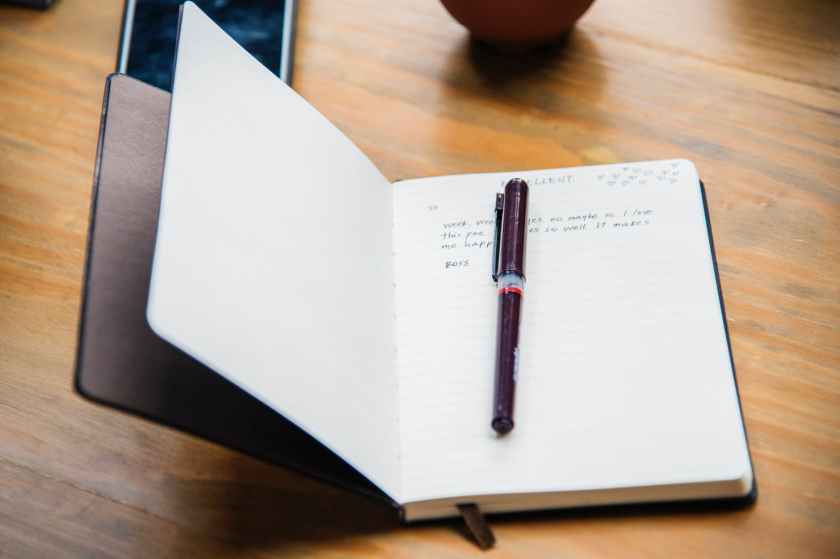
This digital citizenship course has me excited and nervous to learn about being an effective digital citizen. Through reflections, learning, and exploring this week, I’ve learned about the nine elements and the importance of developing a digital citizen environment for students.
Before this course began I looked at the information that was presented when I was enrolled into the course. Looking at the activities and reflections, I thought that the course was going to be one of my favorites. The general gist I got from it made me extremely excited to be taking the course. Learning information about the laws, rules, and guidelines may seem disinteresting to others, but I find it enjoyable, and the idea to create something that allows me to express myself is always a plus.
Then came the first meeting that we had this past Monday, and like usual, I got extremely worried and nervous. There was a lot of information being thrown at us, there are a lot of assignments for just week one and the information presented wasn’t all too clear. But just like every course, I refer back to my growth mindset just after I panic a bit, I get myself together and I take it one day at a time. Now, that I’ve gotten to catch my breath, I’ve been able to look at the content and better prepare for it.
Around the same time that this course was beginning, my journalism/yearbook teacher on campus was teaching her students about digital citizenship and the importance of creating their digital footprint. She sent out an email about how she’s incorporating blended learning in her classroom, and for teachers to come and observe to see it in action.
I decided to go earlier this week, and as I went to her room I noticed students recording themselves using the Flipgrid app. They were talking about the importance of being a digital citizen and I asked the teacher some questions as well to see how they are owning what they’re learning. It’s great that she is teaching them this stuff as it is evident in Ribble’s text, Digital Citizenship in Schools, how important it is to give individuals the tools they need to communicate and build a community (2015). I even asked her for any resources and she’s allowed me to join the Schoology course she’s created that has a unit dedicated to digital citizenship.
I’ve read a few chapter’s from Ribble’s text Digital Citizenship in Schools, and while I’ve gotten to read about the nine elements, what really caught my eye was the information about the iCitizenship study Ribble wrote about. The study followed the University of Saint Joseph in West Hartford, Connecticut and how them connected digitally with high school juniors in Birmingham, Alabama (Ribble, 2015). Seeing how they worked collaboratively to bridge the gap between the two schools and battle against cyberbullying, a problem that is in any school, was extremely emotional Ribble, 2015). Looking at the positives that came from the study helps better understand how the issue of teaching digital citizenship, rather than banning technology, can be beneficial for the learners.
While it is only the first week, I’ve made a lot of connections at work seeing digital citizenship in play, and better understand the value of it from this weeks readings. I’m eager to see how the laws of digital citizenship work, see some more studies put into motion, and hopefully start implementing my own teaching into my classroom and throughout our campus.
Ribble, M. (2015). Digital citizenship in schools: Nine elements all students should know (3rd ed.). Eugene, OR: International Society for Technology in Education